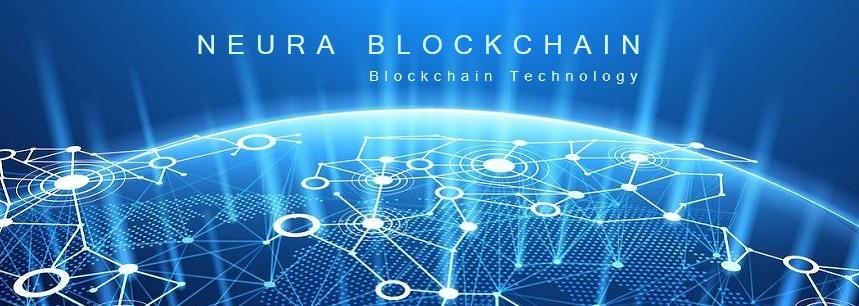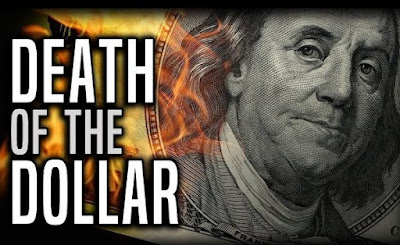All Signs are Pointing to a Truly Remarkable Week Ahead
Merry Christmas! May Christmas Blessings flow to One and All, in Massive Abundance throughout the next couple of weeks, as we transition to 2022!
The 10-Day Plan, the IMF’s agreed upon brief delay for Iraq’s new currency launch; is still under effect in Iraq, set for the 26th or 27th. Of course, the IMF can always cancel, or allow continuation right before this revaluation begins, but all signs are pointing to this act truly taking place. For this we can be hopeful.
The details and evidence of Great Shift into Abundance via RV GCR, continue to surface. All banks, all ATMs are closed and unavailable for four days, throughout the nation of Iraq. The people have been told they will be able to bring in their 3 zero notes, to exchange for New Iraq Currency, Tuesday, the 28th. They will have a new rate and all old dollars must be turned in for these new Golden Dinars.
There are other happenings to be aware of. The United Nations has not yet acknowledged that Iraq is no longer bankrupt under Chapter 7, but a Sovereign Republic State, free of debt and open for business.
We recognize that “Chapter 7” is the last attempt to halt collections. A chapter 7 bankruptcy case does not involve the filing of a plan of repayment as in chapter 13. Instead, the bankruptcy trustee gathers and sells the debtor’s nonexempt assets and uses the proceeds to pay creditors in accordance with the provisions of the Bankruptcy Code. It is a corporation stating, they cannot pay their debt and they are stepping down to sell every remaining asset under the court’s surveillance.
Has there been a “new Iraqi Government corporation” established and recognized? What entity is controlling and coordinating with the UN today? We did hear they would have the Prime Minister formally announced this week. “Iraqi Prime Minister Mustafa Kadimi” is the likely candidate, given his prominence with Chinese investments presently taking place. Yet no formal declaration has been shared.
We understand that Kuwait was paid all of the past due oil revenues, 8 months ago. All remaining debts, as agreed in bankruptcy court, have all been settled. Could it be that the UN is not acknowledging a New Iraq Government, not until a specific pre-agreed-upon-date? Most definitely. And that date is fast approaching.
Banks are closed for 4 days in the entire country of Iraq, beginning yesterday. No one can make deposits or withdrawals. People are told they are getting brand new notes. New notes will be exchanged. The old notes, the 3 zero notes are required to be turned in right away. The Iraqi nation are being told that they will have new currency and new rates. That starts TUESDAY 12/29/21. Midnight, this coming Monday is the back-wall date we can watch for final proof of the new Golden Dinar.
So much is changing quickly in Iraq and the Jumbotrons in Iraq’s cities and towns, Market Square’s all across the nation tell a new story of progress and hope. It is well established that China is partners with Iraq in their oilfields – China needs oil. Before the signing of the agreement between China and Iran, the US military announced at the beginning of this month, Dec. 2021, that it would end its 18-year combat mission in Iraq, leaving the door wide open to bring in Chinese investment into Iraq and they’ve begun with huge commitments.
With the help of China, the Kuwaiti debt was paid 8 months ago. Rebuilding the Iraqi education system has become a top priority for the Iraqi government. According to the United Nations Children’s Fund (Unicef), there are currently about 3.2 million school-age children in Iraq who are not attending school. China has also chosen to lend a hand at a critical moment by helping to build 1,000 schools. The Chinese government and the Iraqi government signed a framework agreement on December 16, China will help Iraq build 1,000 schools. This help includes both money and labor.
According to reports, the China Power Construction Group will build 679, and China Power International Technology Co., Ltd. will be responsible for the construction of the remaining 321 schools. In addition to the high-level officials of the two companies attending the signing ceremony, Iraqi Prime Minister Mustafa Kadimi, also attended the scene to witness the signing of a total of 15 agreements.
THE US TIER 1 BANKS ARE IN A PANIC:
Banks in the US, are still in a crisis mode pushing to get this RV GCR launched immediately. Redemption Centers are staffed, expecting to start, yet notifications have not been sent to Tier 4B and releases have not occurred to SKR holders. The assumption for this lack of action is that the delay is because of Basel 3 is about to become law, January 1, 2021 changing everything. This deadline establishes new guidelines for the absolute minimum allowable assets-to-debt these banks must meet (13%). This deadline also establishes the drop-dead date for nationalizing these banks. The Fed takes over when the banks are in default. They’ve had years to get up to speed, yet have failed. This is the push to bring about the RV GCR. It’s like a Catch 22 – a cat and mouse play. The fees these banks might collect could put them into a healthy place. BOA, WF, CHASE, CITI, all of the top Tier banks, must be Basel 3 compliant. They don’t have any way to meet this guideline by January 1, 2022. Will we wait until January 1, 2022 for a National Bank Takeover – by the new Federal Treasury, nationalizing these banks, and setting up a new banking structure under a new Federal Government? We just might. It’s only conjecture for now but, based on some solid hunches. This is what we’ve been waiting for. We will be exchanging strictly and solely under the New Treasury. We’ll have to wait and see if this is how things play out though. We can keep a good thought about this taking place.
After all the US is bankrupt just like Iraq, just like the City of London. Just like the Vatican.
We are hearing from several people that are in the CMKX F&P (adjudicated), that they are seeing (visible) funds in their bank accounts. Bank Appointments are also being set for Next Tuesday for the last step to release full access to funds.
BUILD, BACK, BETTER is history, thanks to Joe Manchin and there’s not going to be any theft-by-taxes. We will have an incredible start to 2022. Hard to believe that we’re still pushing for this RV to start, but so much had to happen to make this possible to exchange/redeem safely. This is a tremendous global shift and we can only give THANKS to the White Hats working to restore our FREEDOM under the Original 1776 Constitution – abolishing everything that came after the Crown takeover of our Great and Shining Nation, in 1871.
Evidence is pointing to the fact that in January 2022, the fiat dollar will be officially dead, just like the IQD. Long live the Golden Dinar! Long live the Golden USN!
These are the clues, the details we can hold on to throughout the next week. More information will be forthcoming, and for now we are sitting tight in our knowledge of all of the momentous events unfolding. Joy, joy, joy in abundance is here!

















